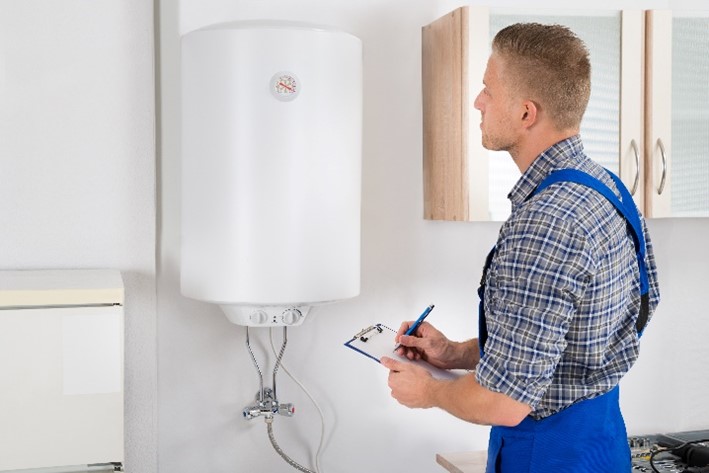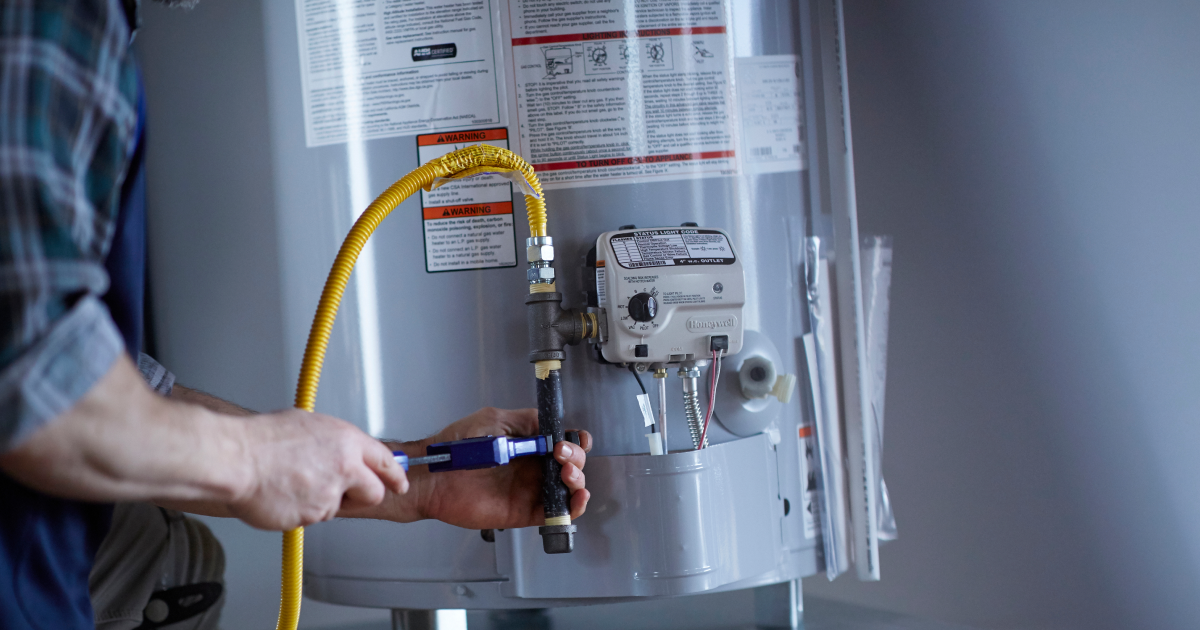Efficient Strategies for Maintaining Your Home's Hot Water SystemEssential Maintenance Strategies for Your Home's Hot Water System
Efficient Strategies for Maintaining Your Home's Hot Water SystemEssential Maintenance Strategies for Your Home's Hot Water System
Blog Article
Here below you will discover additional decent points regarding Tips on Maintaining a Water Heater.

Hot water is important for daily convenience, whether it's for a refreshing shower or washing meals. To guarantee your hot water system runs effectively and lasts much longer, regular maintenance is essential. This post supplies practical suggestions and understandings on how to maintain your home's hot water system to stay clear of disruptions and costly repair services.
Intro
Keeping your home's hot water system may appear daunting, but with a couple of straightforward steps, you can ensure it operates efficiently for several years ahead. This guide covers everything from comprehending your warm water system to do it yourself upkeep tips and knowing when to contact expert assistance.
Value of Keeping Your Warm Water System
Regular maintenance not only extends the life expectancy of your warm water system but likewise ensures it operates efficiently. Disregarding upkeep can bring about lowered efficiency, higher energy bills, and even premature failure of the system.
Indications Your Warm Water System Demands Maintenance
Understanding when your warm water system needs interest can stop significant issues. Watch out for indications such as irregular water temperature level, strange noises from the heating unit, or corroded water.
Understanding Your Hot Water System
Before diving into upkeep jobs, it's handy to understand the fundamental elements of your warm water system. Commonly, this consists of the water heater itself, pipes, anode rods, and temperature controls.
Monthly Maintenance Tasks
Normal month-to-month checks can aid capture small problems before they escalate.
Purging the Hot Water Heater
Purging your hot water heater gets rid of debris build-up, boosting efficiency and prolonging its life.
Monitoring and Changing Anode Rods
Anode poles protect against deterioration inside the container. Inspecting and replacing them when worn out is critical.
Inspecting and Readjusting Temperature Level Settings
Adjusting the temperature level setups ensures optimum efficiency and security.
DIY Tips for Upkeep
You can do a number of maintenance jobs yourself to keep your warm water system in leading condition.
Looking for Leakages
Frequently examine pipelines and links for leaks, as these can bring about water damages and higher costs.
Checking Pressure Alleviation Valves
Checking the pressure safety valve ensures it functions appropriately and avoids excessive stress accumulation.
Insulating Pipelines
Insulating warm water pipes lowers warm loss and can save power.
When to Call a Professional
While do it yourself maintenance is beneficial, some problems call for professional experience.
Complicated Issues Needing Professional Assistance
Examples consist of major leakages, electrical problems, or if your hot water heater is regularly underperforming.
Regular Expert Upkeep Advantages
Specialist maintenance can consist of comprehensive examinations, tune-ups, and making certain compliance with security standards.
Final thought
Normal maintenance of your home's warm water system is essential for effectiveness, long life, and expense financial savings. By following these ideas and recognizing when to seek expert aid, you can guarantee a trustworthy supply of hot water without unanticipated disruptions.
Water Heater Maintenance: The Basics
Maintaining your water heater will ensure it operates efficiently and has a longer lifespan. Neglecting regular maintenance can lead to costly repairs and an even bigger chunk of your savings if you have to replace it sooner than necessary. But there’s good news: Most water heater maintenance tasks are relatively simple and easy for homeowners with basic DIY skills.
Flush the Water Heater
Over time, sediment and minerals can build up in the tank, reducing its efficiency and potentially causing damage. To flush the tank, turn off the power or gas supply, attach a hose to the drain valve near the bottom and open the valve to drain the water until it runs clear. Ideally, flush the tank annually.
Replace the Anode Rod
The anode rod is a sacrificial metal rod that helps prevent corrosion inside the tank. Inspect and replace it every three to five years or per the manufacturer's recommendation. To replace the anode rod, turn off the power or gas supply, drain a few gallons of water from the tank, unscrew the old rod and replace it with a new one. If the anode rod is significantly corroded or covered in calcium buildup, it's a sign the water heater may need to be replaced soon.
Tune-Up
A yearly tune-up can help identify potential issues and ensure your water heater operates at peak efficiency. This typically involves checking the thermostat, burner assembly (for gas heaters) and any other components specified by the manufacturer. During a tune-up, the technician may also clean the burner and adjust the pilot light (for gas heaters) or examine the heating elements (for electric heaters).
How to Maintain Your Water Heater
Insulate the tank. Insulating the tank can improve energy efficiency and reduce heat loss, saving you money on energy bills. You can purchase precut insulation blankets designed specifically for water heaters or use standard fiberglass insulation wrapped securely around the tank. Check the temperature. The recommended water temperature for most households is around 120 degrees Fahrenheit (49 degrees Celsius). Higher temperatures can increase energy costs and potentially cause scalding. Use a kitchen thermometer to check the temperature at the faucet nearest the water heater. Monitor water pressure. Excessive water pressure can strain the water heater and cause leaks or even tank failure. Install a pressure-reducing valve if necessary. The ideal water pressure range is between 60 and 70 PSI (pounds per square inch). Test the temperature and pressure (T&P) relief valve. The T&P relief valve is a safety feature that releases pressure if the tank gets too hot or the pressure builds up too high. Test it annually by lifting the lever and allowing a small amount of water to release. Replace the valve if it doesn't release water or reseal properly. Check for leaks. Regularly inspect the tank, pipes and fittings for leaks or corrosion. Deal with issues promptly to prevent further damage. Even a small leak can lead to significant water damage over time. Consider a tankless water heater. If your traditional tank-style water heater is nearing the end of its lifespan ( typically 10 years), consider replacing it with a tankless water heater. These units heat water on demand, reducing standby energy losses and potentially saving you money on your energy bills. Schedule professional maintenance. While homeowners can perform many water heater maintenance tasks, it's still a good idea to schedule professional maintenance every few years. A plumber or HVAC technician can thoroughly inspect the unit, identify potential issues and ensure it operates safely and efficiently. https://www.homeserve.com/en-us/blog/home-improvement/hot-water-heater-maintanence/

As a devoted reader on What Kind of Maintenance Do Water Heaters Need?, I think sharing that piece was worthwhile. Are you aware of somebody else who is intrigued by the topic? Do not hesitate to share it. We love reading our article about How to Maintain Your Water Heater & Prolong its Life.
Course Detail Report this page